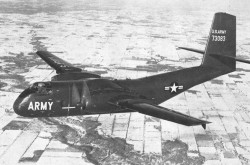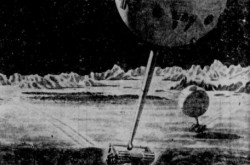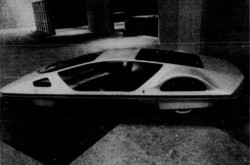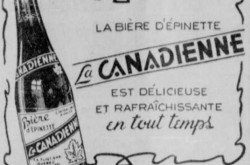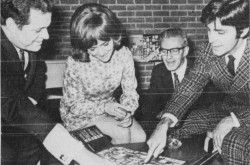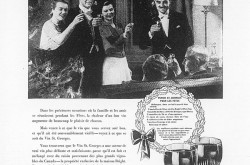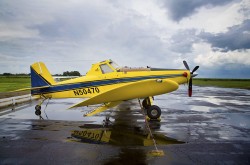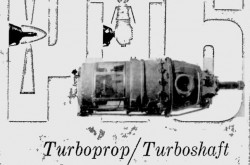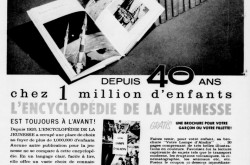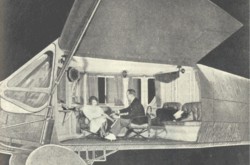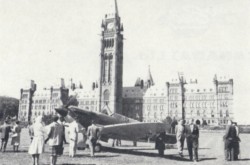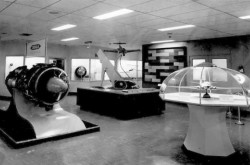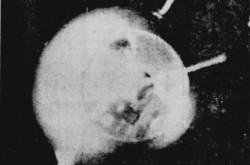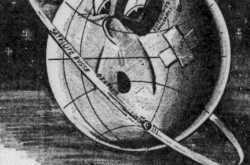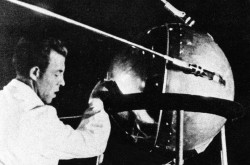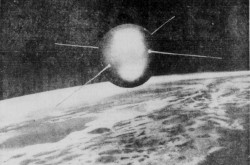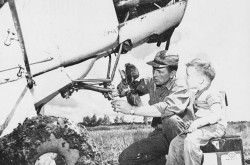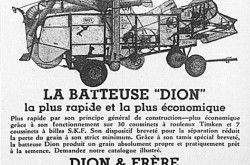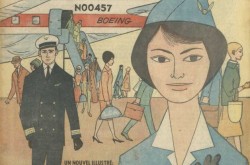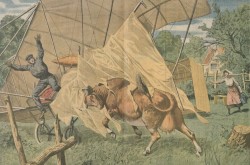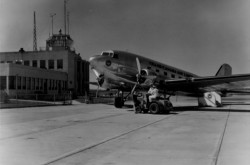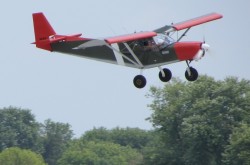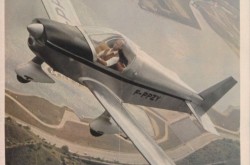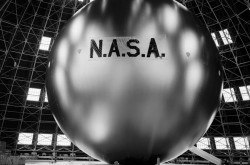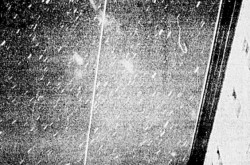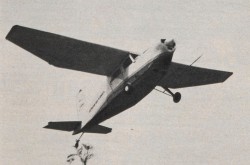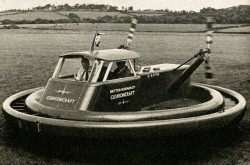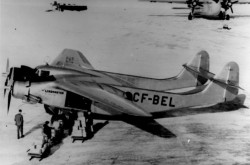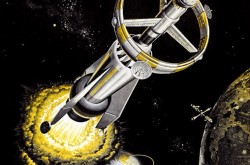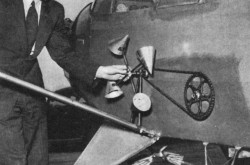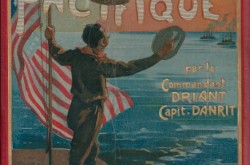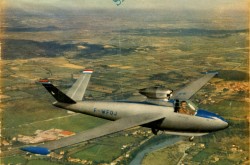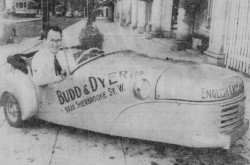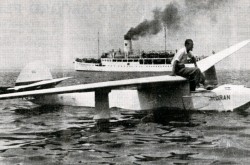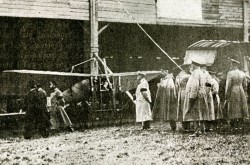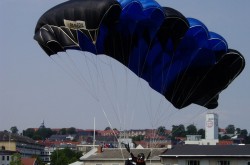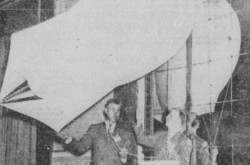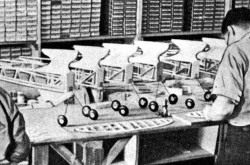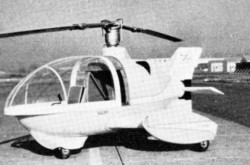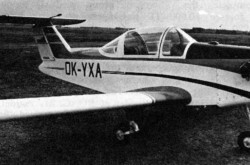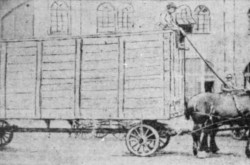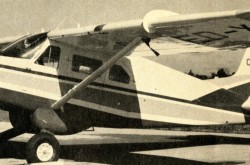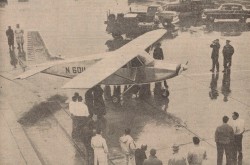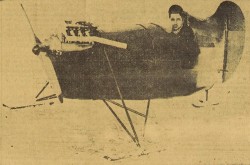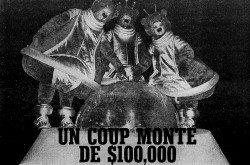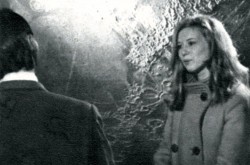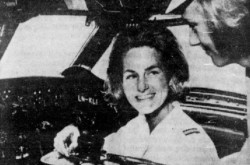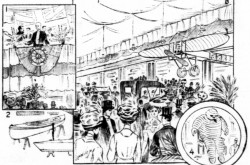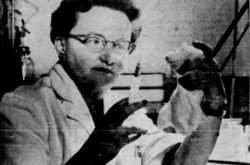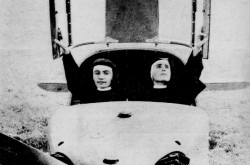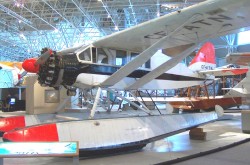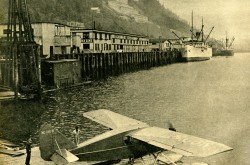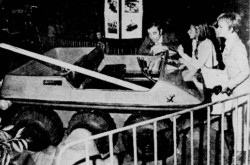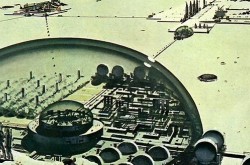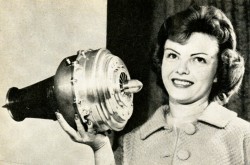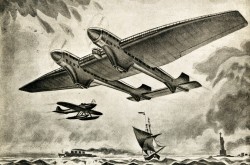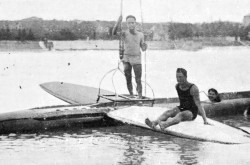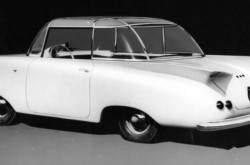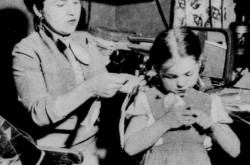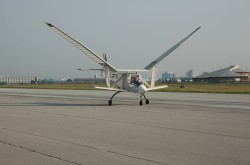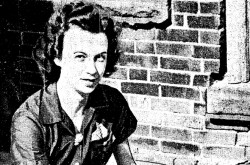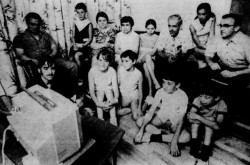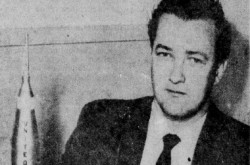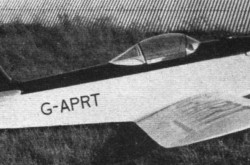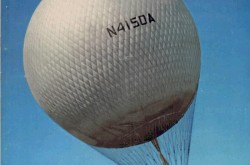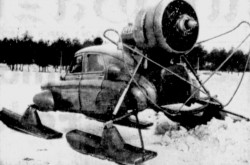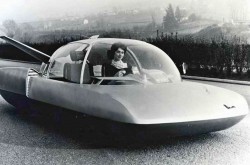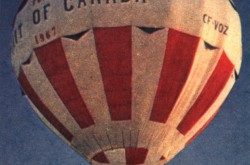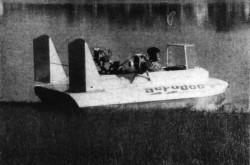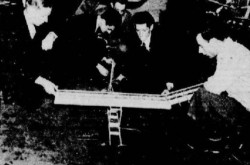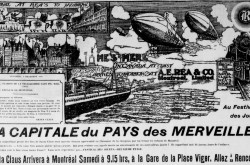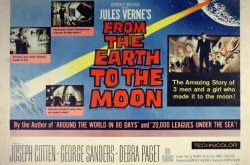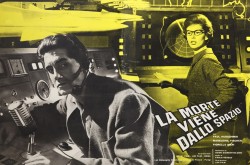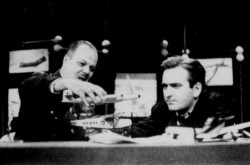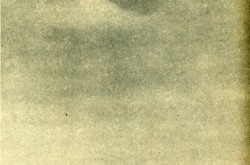Three Days of the Sputnik; or, “Radio-Moscow admits that the dog revolving around the earth in the satellite will never return”: Laika, Sputnik 2 and the daily press of Québec, part 3

Hello, hello! How are you, my reading friend? Are we ready to plunge into the eternal silence of the infinite spaces which frightened the French theologian / physicist / philosopher / moralist / mathematician / inventor Blaise Pascal (1623-62)? Wunderbar!
Actually, did you know that Pascal designed the first calculating machine? Indeed, he more or less directly manufactured 20 or so arithmetic machines / pascaline calculators / pascalines between 1645 and 1654, but I digress.
Would you believe that John Milt Morris, the American cartoonist who drew the editorial cartoon you looked at a few seconds ago authored more than 14 000 editorial cartoons for 125 or so daily newspapers during his 50 or so year career (1937-87)?
Would you also believe that an (assistant?) professor of physics at the Université d’Ottawa, in… Ottawa, Ontario, saw “a brilliant object resembling a huge red and blue spindle” falling towards the ground, near the St. Laurence River, and this shortly before his arrival in Québec, Québec, on the morning of 2 November? The elongated object appeared to be about 1.5 kilometre (1 mile) in front of his automobile. Jacques Hébert was then traveling to Québec to participate in the annual meeting of the Association canadienne-française pour l’avancement des sciences – an association mentioned in December 2018 and April 2019 issues of our blog / bulletin / thingee.
Several motorists travelling a tad west of Québec, on the south shore of the St. Lawrence, claimed to have seen a large multicoloured ball followed by a red trail. That object seemingly fell in a wood not far from Saint-Nicolas, Québec, near Lévis.
Residents of Lauzon, Québec, near Lévis, who were on the St. Lawrence to hunt ducks, claimed to have seen, that same 2 November, a little before noon, a red object of more or less spherical shape move over the waterway, pushed by the wind it seemed. That “balloon” seemingly fell into the river at the end of the breakwater of the Louise Bassin, in the harbour of Québec.
By the way, during the Second World War, Hébert had worked at the nuclear physics laboratory of the Université de Montréal, in … Montréal, Québec, a top secret laboratory indirectly involved in the development of the first nuclear weapons.
Articles on the unidentified flying object seen by Hébert appeared in the 5 November editions of the Montréal daily newspapers Le Devoir, La Patrie and La Presse. They were entitled respectively “Meteorite or piece of ‘sputnik’?,” “Sphere seen in the sky near Québec” and “Unusual object seen in the sky near Québec on Saturday.”
The main daily newspaper in the Québec region, Le Soleil, reported the sighting made by Hébert on 4 November. Another Montréal daily, Montréal-Matin, reported the sightings made by Hébert and the duck hunters on 6 November. That same day, Le Soleil mentioned the duck hunters and introduced motorists other than Hébert into that story.
And no, no object of terrestrial or extraterrestrial origin was found in a wood or the St. Lawrence River.
Interestingly, if only for me, yours truly, on that same 6 November, an announcer for an English-language radio station in Montréal, CFCF, then owned by Canadian Marconi Company of Montréal but affiliated with the state broadcaster Canadian Broadcasting Corporation, offered his listeners a recording of a telephone interview (in English?) with the aforementioned Hébert.
The (assistant?) professor of physics wondered during that interview if what he had seen was a piece of the rockets used to launch Sputnik 1 or Sputnik 2. He did not know if the phenomenon he had observed was identical to a phenomenon observed in the meridional regions of the United States. The latter seemed to be larger, believed Hébert. Indeed, many witnesses claimed to have seen many objects in the sky of several / many American states on 4 or 5 November. One of these mysterious objects was said to have been about 150 metres (500 feet) long. I kid you not.
By the way, the aforementioned announcer at CFCF, Montrealer Felix “Fil” Blache-Fraser, was the very first African-Canadian whose voice could be heard on the radio in Canada, beginning in 1951 at a Toronto radio station. He was then only 19 years old.
Allow me to mention that Canadian Marconi has been mentioned several times in our you know what since October 2020.
Before I forget, many American journalists and commentators were already calling Sputnik 2 muttnik, in “honour” of its passenger. In fact, the term muttnik had appeared even before the launch of the second Soviet satellite.
It should be noted that the 5 November edition of the daily Le Devoir contained an editorial by Paul Sauriol, “Russian satellites and Atlantic solidarity.” While the launch of Sputnik 2 did not add much to the political significance of the launch of Sputnik 1 in October 1957, using a rocket very similar to the brand new Soviet intercontinental ballistic missile, the Korolev 8K71 / R-7 Semyorka, it did demonstrate that said first launch was not a fluke. The launches of Sputniks 1 and 2 in all likelihood preceded even bolder launches.
Indeed, Lady Rumour suggested that the Union of Soviet Socialist Republics (USSR) intended to commemorate the 40th anniversary of the Russian Revolution of 1917 which, let us remember, had begun on 7 November, by sending a rocket towards the Moon. That rumour ultimately turned out to be unfounded.
I know. I know. If one cannot trust Lady Rumour, whom can one trust?
Sauriol recalled that Western peoples had initially reacted to the news of the launch of Sputnik 1 with surprise, even dismay. The American government had immediately hastened to reassure Americans. A meeting of the heads of government of the member countries of the North Atlantic Treaty Organization (NATO), the first NATO summit in fact, in December 1957, in Paris, France, would hopefully play a similar role for Europeans.
Indeed, Sauriol pointed out, the shock caused by the launch of the Soviet satellites revived the debate concerning greater coordination of scientific and military efforts within NATO and an increased exchange of information of a scientific nature within the alliance – a coordination and exchange which, until then, had aroused little enthusiasm within the United States Congress.
If yours truly may be permitted a comment, the Paris summit resulted in an agreement to increase scientific cooperation within the alliance, which led to the creation of the Science Committee, in 1958, and a decision to favour diplomatic negotiations with the USSR. Mind you, the summit also resulted in an agreement in principle on the deployment of intermediate-range ballistic missiles in Europe. Un baton et une carotte en somme. Oops, sorry. A stick and a carrot basically.
The editorial published in La Presse on 5 November, 1 of 6 published that day, “We will have to seek to restore the coordination of efforts,” watered more or less the same flowerbeds as that of Sauriol. I shall pontificate about it anyway.
If the launching of the Soviet satellites mainly affected the prestige of the United States, the fact was that the prestige of the free world was also affected, if only indirectly. Said launches should lead Western countries to cooperate more, stated Canadian Prime Minister John George Diefenbaker, especially with regard to scientific research.
While it was true that Western European and North American countries were leading all other countries in the world in that type of research, that superiority was not guaranteed forever. In fact, it had crumbled bit by bit, in large part because said countries worked in silos. The launch of Soviet satellites only confirmed that state of affairs.
According to the editorialist of La Presse, the main obstacle to greater scientific collaboration within Western countries lied in the isolationism of certain American circles. The embarrassment caused by the launch of the Soviet satellites, should help to break it, however, thus paving the way for greater cooperation, a cooperation advocated by the American President, Dwight David “Ike” Eisenhower.
One of the two editorials published in the 5 November edition of the daily newspaper Le Soleil also discussed the launch of Sputnik 2. “What will be the influence of the second satellite on world relations?,” asked the editorialist.
Undoubtedly, the USSR increased its scientific / technological knowledge and its military power. Its propaganda would certainly make progress against the United States, “the country with the greatest prosperity and the most remarkable material achievements.” The Soviet government would no doubt claim that its recent achievements demonstrated the superiority of its political system.
Several countries, in particular the neutral ones, most of which are in the category of underdeveloped countries, will now accept the Soviet thesis with all the more ease since the necessary nuances will not be applied to it.
Indeed, the USSR in its early days was for all intents and purposes an underdeveloped country. Its vertiginous rise could prove more eloquent than American prosperity in the capitals of so-called underdeveloped countries.
“These countries are also less sensible than we are to the authoritarian methods by which the U.S.S.R. had developed its power,” added the editorialist.
A somewhat controversial comment if I may. The United Kingdom and France, two shining cities upon two hills, had used and continued in 1957 to use fairly authoritarian methods to maintain their hegemony in territories which lied in their orbit, and that in Asia and Africa. And what about the treatment of the African American minority?
Interestingly, the editorialist of the daily Le Soleil made a link between the launch of Sputnik 2 and the sacking of Marshal of the Soviet Union Georgy Konstantinovich Zhukov, a retirement mentioned in the first part of this article of our fabulous you know what. Indeed, he believed that Nikita Sergeyevich Khrushchev, first secretary of the Kommunisticheskaya Partiya Sovetskogo Soyuza, “the new Stalin” he believed, was using that launch, not to mention the celebrations surrounding the 40th anniversary of the Russian Revolution of 1917, to get rid of that hero of the Great Patriotic War (1941-45) without causing too much of a stir.
The Stalin before the new Stalin was obviously Josif Vissarionovitch “Koba” Stalin, born Ioseb Jughashvili. And no, I will not tell you when that monstrous absolute master of the USSR between 1927 and 1953 was mentioned in our blog / bulletin / thingee.
If the editorialist considered the possibility of an even more spectacular launch, perhaps towards the Moon, he nevertheless believed that the USSR was going through difficult times. Stalin’s death in March 1953 had left a huge void that power-hungry men, especially Khrushchev, were trying to fill. Characters removed from power, who were not executed like in the bad old days, might hatch dark plots.
The achievements of the USSR were leading the peoples of the world into a new era with unforeseeable consequences, both in terms of East-West relations and the influence of the USSR throughout the world. “Will trips to the moon bring the world a fever like that which accompanied the discovery of America to Europeans in the sixteenth century? Will the dangers of world war henceforth be increased or, on the contrary, will they be averted?”
On 5 November, Le Soleil also published a new photograph of a Soviet space dog. There it is.

A laboratory technician presenting the spacesuit used by the Soviet space dogs. Anon., “Une fusée russe pourrait atteindre…” Le Soleil, 5 November 1957, 6.
That same 5 November, Le Soleil published an editorial cartoon which deserves to be inserted in these pages, even if it was not about our Sputnik 2. You will understand why when you see it.

An editorial cartoon depicting a futuristic family scene. Raoul Hunter, “–.” Le Soleil, 5 November 1957, 4.
And yes, that drawing was authored by Raoul Hunter, one of the most famous and respected Québec / Canadian cartoonists of his time and a gentleman mentioned in October 2020 and April 2021 issues of our blog / bulletin / thingee.
The conversation of the characters read as follows:
Female character: Do not forget ! We are leaving for the Moon in five minutes !
Male character: Do not worry ! I only go to Paris.
While Montréal-Matin did not publish an editorial on Sputnik 2 on 5 November, the fact was that this daily offered its readership some photographs related to the Soviet space program, and this all under the heading “Inside the Sputnik:”
“‘Laika’ in uniform”
“The message of ‘Sputnik II’ picked up in St-Laurent”
“He searches the sky” and
“The space dog’s uniform.”
The captions for the first and fourth photographs are more or less self-explanatory. The first showed the spacesuit worn by a Soviet space dog, while the fourth showed Laika, it was said, wearing her spacesuit and helmet. For the sake of brevity, one of my favourite forces of nature, I shall offer you only one of these photographs.

Laika wearing her spacesuit and helmet. Anon. “Dans le ‘Spoutnik’ – ‘Laïka’ en uniforme.” Montréal-Matin, 5 November 1957, 15.
The caption of the photograph titled “The message of ‘Sputnik II’ picked up in St-Laurent” was not so self-explanatory. This being said (typed?), the presence of said photograph in the first part of this article of our you know what exempts me, yes, yes, exempts me, from having to repeat it in this virtual location.
With respect to the photograph entitled “He searches the sky,” let me point out that it showed a resident of the New York City, New York area, Daniel Kirsch, an amateur astronomer and possibly professional fisherman, searching the sky.
Mind you, Montréal-Matin also published a photograph of two technicians from the United States Navy’s Naval Research Laboratory studying the signals emitted by Sputnik 2. Here it is...

Two technicians from the United States Navy’s Naval Research Laboratory studying the signals emitted by Sputnik 2. Anon., “La petite chienne se porterait fort bien dans le satellite – La Russie enverrait des vaisseaux interplanétaires pesant 1,700 tonnes jusqu’à Mars, avant l’an 2000.” Montréal-Matin, 5 November 1957, 3.
Yes, yes, 1 700 metric tonnes (1 675 or so Imperial tons / 1 875 or so American tons). And if you think that was / is heavy, my reading friend, please note that a Saturn V rocket used to send astronauts to the Moon, not to Mars, weighed more than 2 800 metric tonnes (2 770 or so Imperial tons / 3 100 or so American tons).
One of the 4 editorials published on 5 November by La Patrie, a daily on the decline, a daily which became a weekly in November 1957 in fact, touched on our topic of today. Alonzo Saint-Mars indeed looked at “The protection of animals.”
The presence of Laika aboard Sputnik 2 seemed to cause as much consternation among animal lovers as among Western scholars and politicians, but not for the same reason of course, stated that Montréal sculptor / poet / painter / journalist / cartoonist.
The Royal Society for the Prevention of Cruelty to Animals (RSPCA), based in London, England, for example, recommended that the many people who had contacted it submit their complaints to the embassy of the USSR. Indeed, the RSPCA had protested even before the satellite was launched, when the Soviet government had announced its intentions.
Another London organisation, the League Against Cruel Sports, attacked the Soviet researchers who had dared to endanger Laika’s life.
For Cinq-Mars, “the highlight, the last straw,” was the minute of silence requested by yet another British organisation, the National Canine Defence League.
These expressions of indignation were reminiscent of those of the fierce opponents of vivisection, these experimental surgical procedures perpetrated on living animals, usually mammals ranging from mice to chimpanzees, stated the occasional editorialist. “Relentless progress commands the aerial experiments that have been going on for some time. Would we prefer to see men sacrificed there rather than animals?”
If it was good to love animals, added Cinq-Mars, one should not exaggerate. He gave as an example of such an exaggeration the cemeteries for dogs with their monuments and bouquets of flowers.
“The Russians must have a good laugh at the minute of silence demanded by the National Canine Defence League of Great Britain, concluded Cinq-Mars. And they are probably not the only ones. There is indeed something to laugh about.”
If I may be permitted a comment, I am not too keen on vivisection. The minute of silence does not cause me great hilarity either.
Nor was the atmosphere one of hilarity when Quebecers read their 6 November newspaper: the Soviet authorities indeed indicated that Laika would not return to Earth.
What those same authorities did not say (or did not know?) was that the first living being to be launched in space had died on 3 November, 5 to 7 hours after being put into orbit, in a microgravity environment it had never experience before, following an excessive increase in temperature in the capsule.
An editorial in the daily Montréal-Matin, “Will it [sic] bark at the Moon?” addressed the sad fate of Laika, without knowing that it was a little late to be moved by her fate. Unlike dogs around the world which died without being talked about, that poor animal “will probably get all the headlines as soon as its heart stops beating.”
“It is touching. But we should not forget that in all these inter-planetary adventures it is not the fate of the dog but that of the human that worries us. How will all this end?”
To conclude the editorialist, “we live in an era of true wonders. Reality stranger than fiction? The two Sputniks prove this to us.”
The daily also published the first official portrait of Laika. To see the version published by the American monthly magazine Astronautics, just take a look at the first part of this article in our resplendent you know what.

Editorial cartoon which highlighted the fact that the female dog Laïka was doomed to perish. She is seen here sadly stating that “The ‘comrades’ forgot an important detail: a post!” Raoul Hunter, “ –. ” Le Soleil, 6 November 1957, 4.
Yours truly must admit that I was a little shocked by this editorial cartoon by cartoonist Raoul Hunter. You see, I did not understand its message. I thought the post in the caption referred to a post where Laïka could, uh, have a wee. I was way off track. The post mentioned by the passenger of Sputnik 2 was in fact an execution post.
Sputnik 2 burned during its re-entry into the Earth’s atmosphere on 14 April 1958.

Advertising photograph showing the American Pioneer toy balloon. Anon., “Nouveau ballon-jouet.” L’Action catholique, 6 November 1957, 8.
Allow me to end this interminable peroration with a touch of levity. Behold, the Pioneer, an American toy balloon version of an artificial satellite which could be assembled at home. The packaging put on the market no later than October 1957, I think, included the 2 uninflated balloons which made up the body of the satellite, as well as the straws which made up its antennas. The packaging also included an illustrated pamphlet on the satellite that the American government planned to launch in the spring of 1958.
That satellite may, I repeat, may have been Vanguard 1, derisively known to some as the grapefruit satellite, or satellite pamplemousse in French (Hello, EP!), because of its not so great size.
This concludes this article on Laike and Sputnik 2.
This writer wishes to thank all the people who provided information. Any mistake contained in this article is my fault, not theirs.
See ya later.


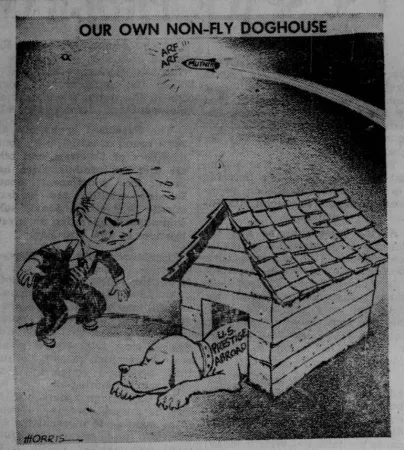


































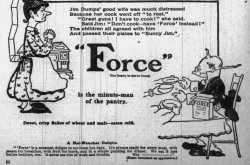
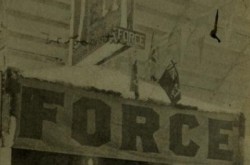
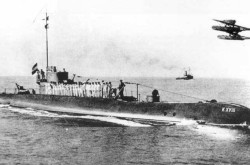
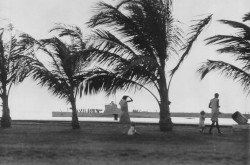
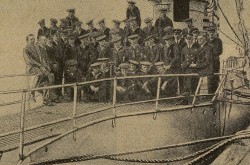
![A block of photographs showing some of the people involved in the bombing of beluga whales in the estuary and gulf of the St. Lawrence River. Anon., “La chasse aux marsouins [sic]. » Le Devoir, 15 August 1929, 6.](/sites/default/files/styles/thumbnail_7/public/2024-09/Le%20Devoir%2015%20aout%201929%20page%206.jpg?h=584f1d27&itok=TppdLItg)
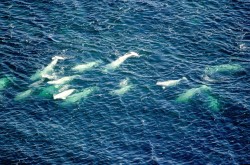
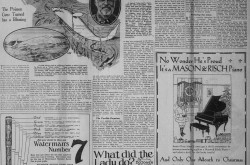
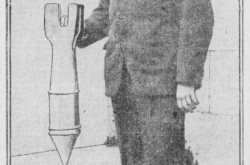
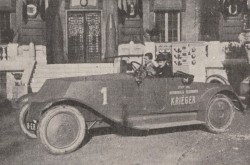
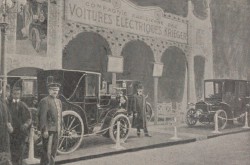
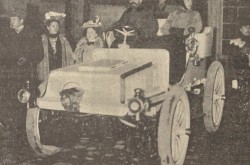
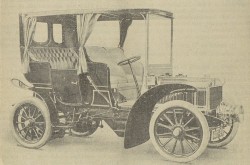

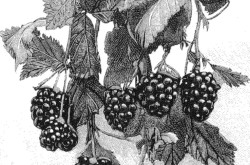
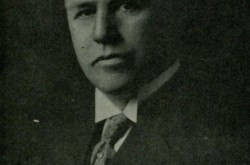
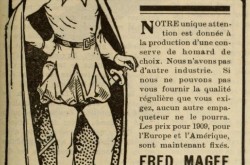
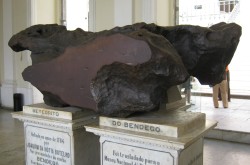
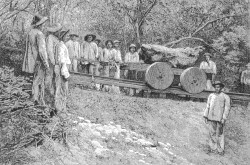
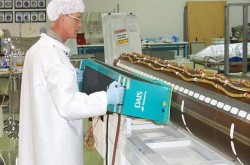
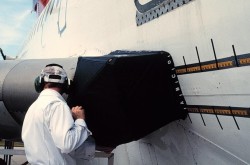
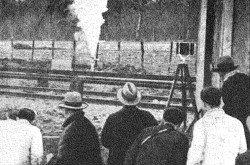
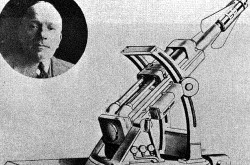
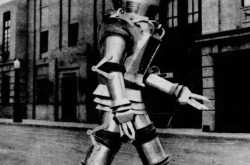
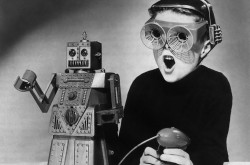
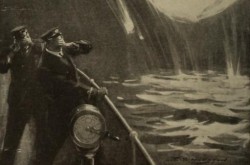
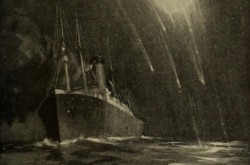
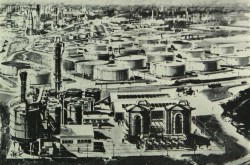
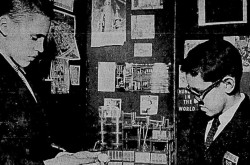
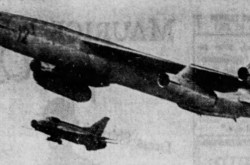
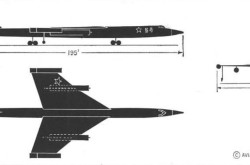
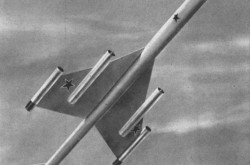
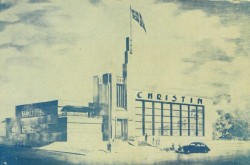
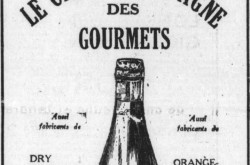
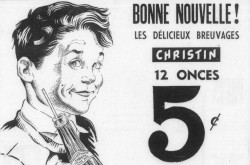
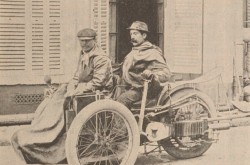
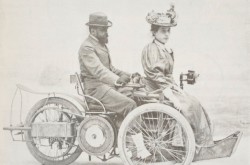
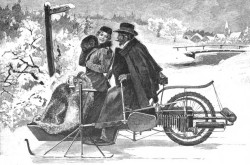
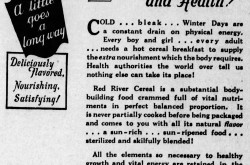
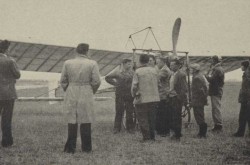
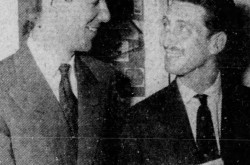
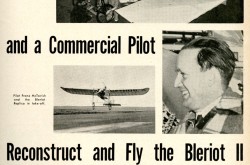
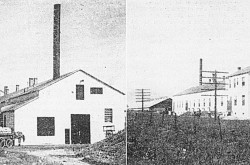
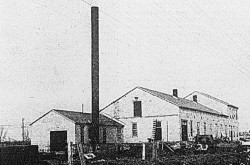
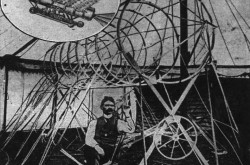
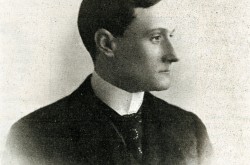
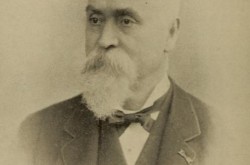
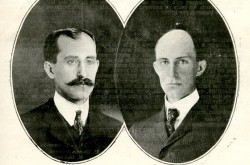
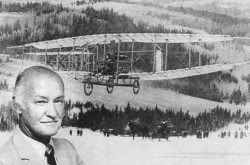
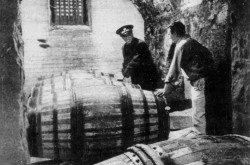
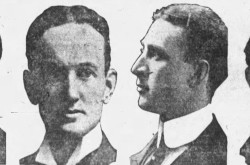
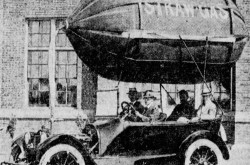
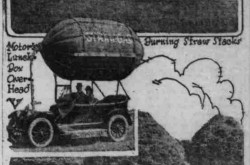
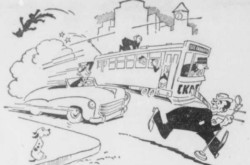

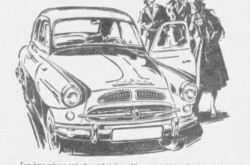
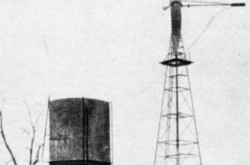
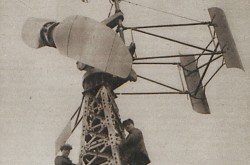
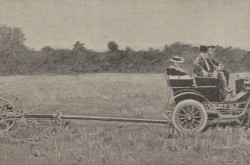

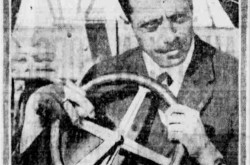
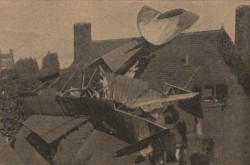
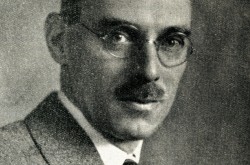
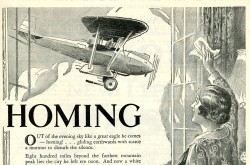
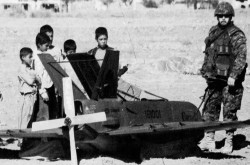
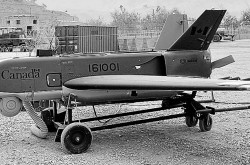
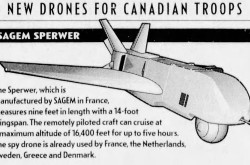
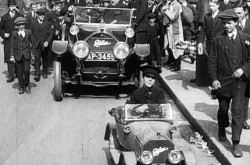

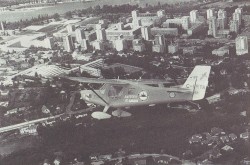
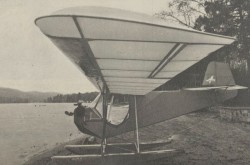
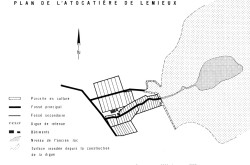
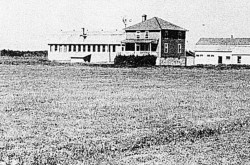
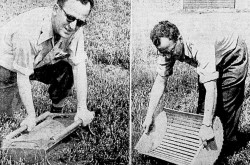

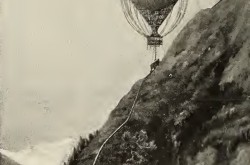
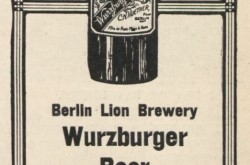
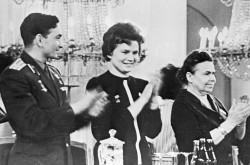
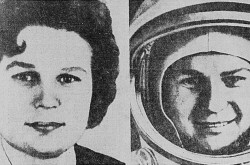
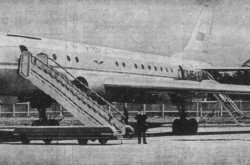
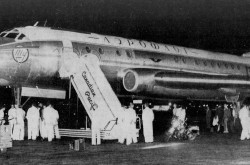
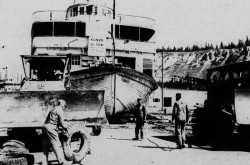
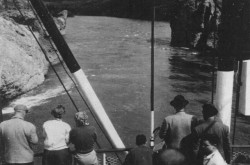
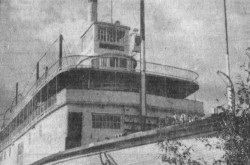
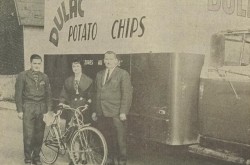
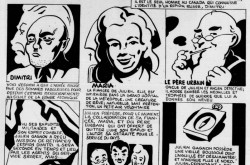
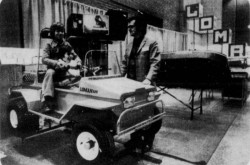
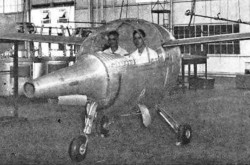
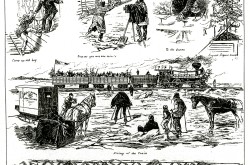
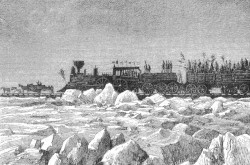
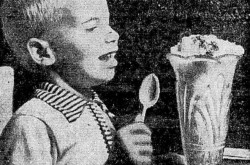
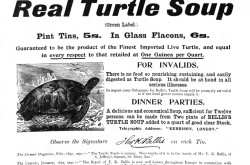
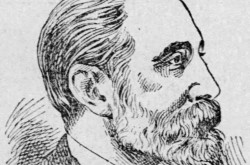
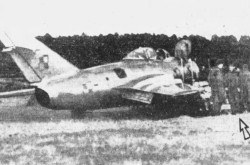
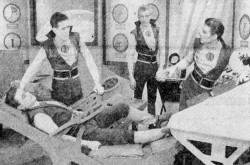
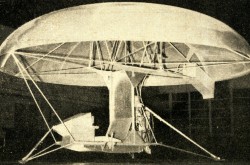
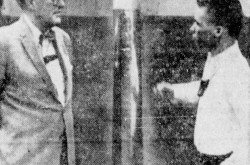
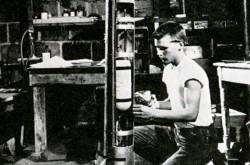
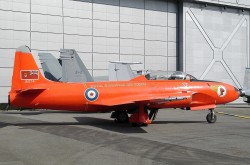
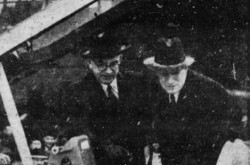
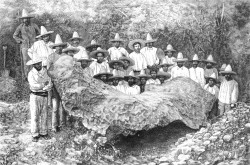
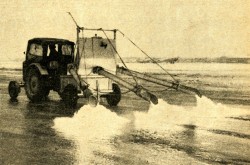
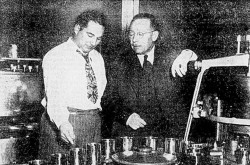
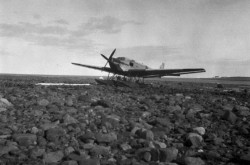
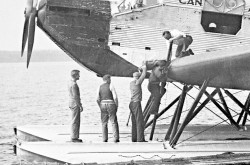
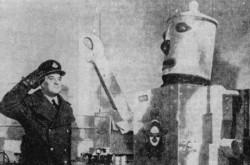
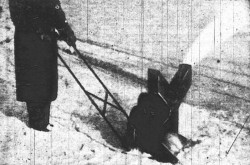
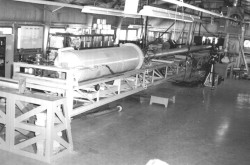

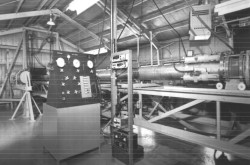
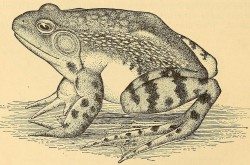
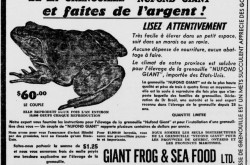
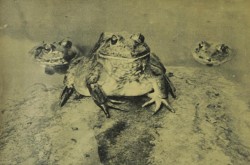
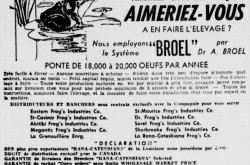
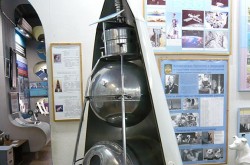
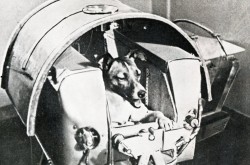
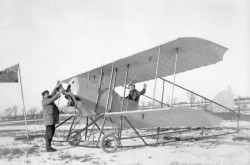
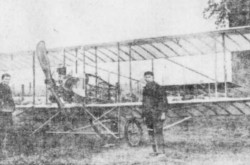
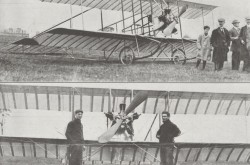
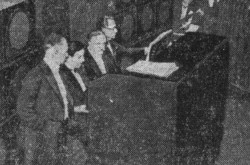

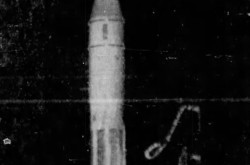
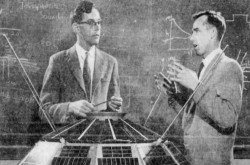
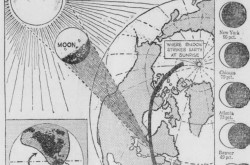
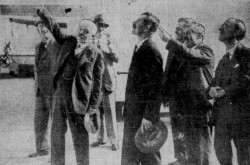
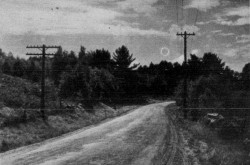
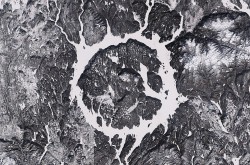
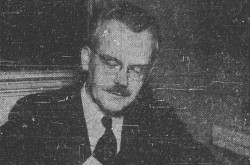
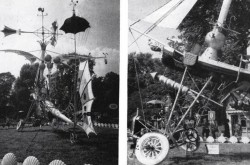

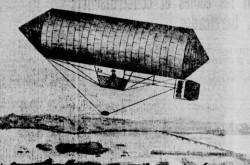
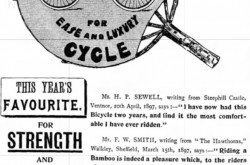
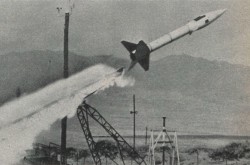
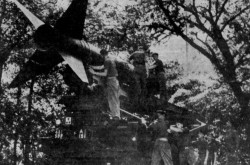

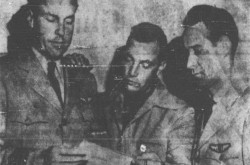
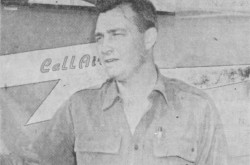
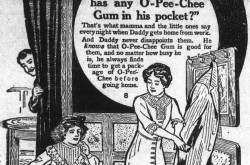
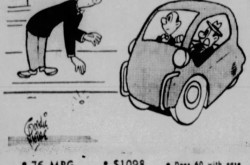
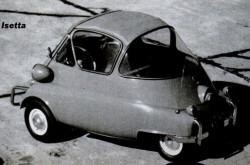
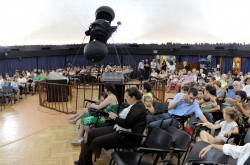
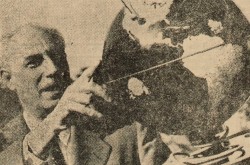


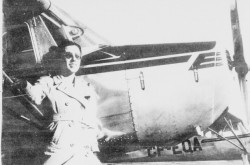
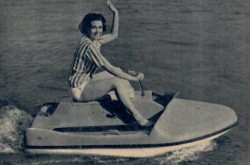

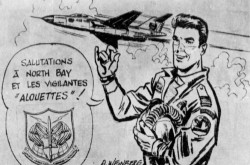
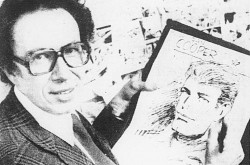
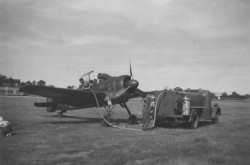
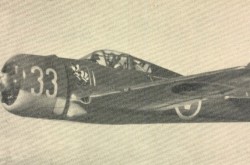
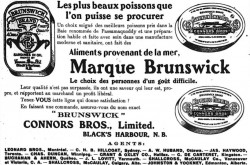
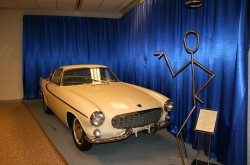
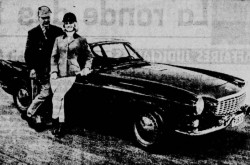
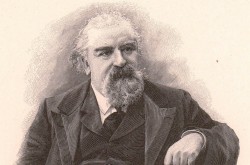
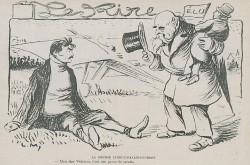
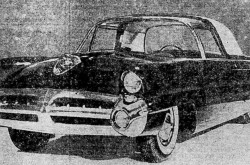
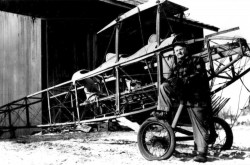

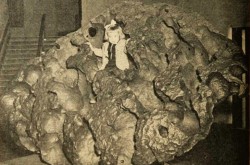
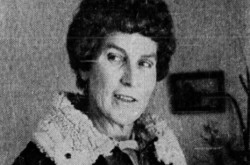
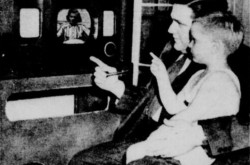
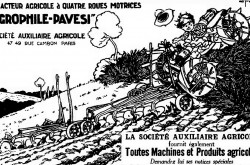
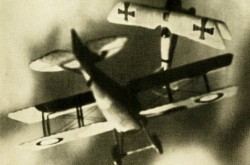
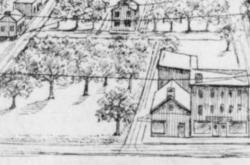
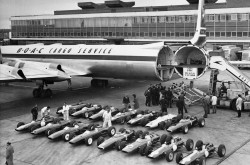
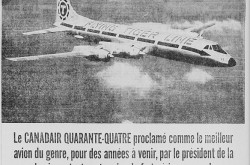
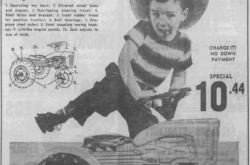

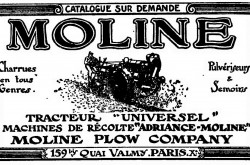
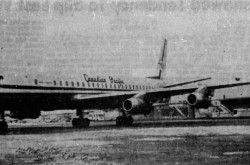
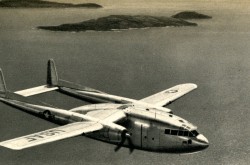
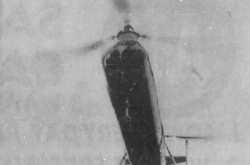
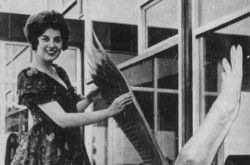
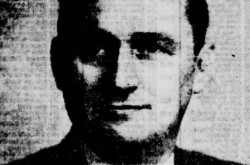
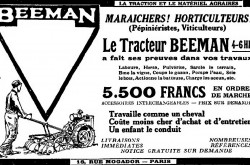
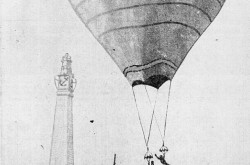
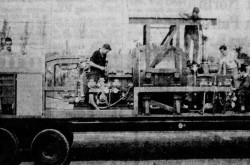
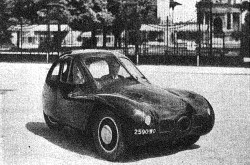
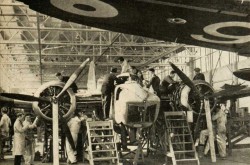

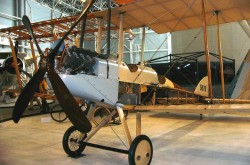
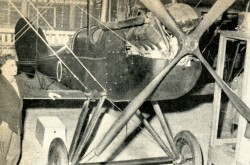
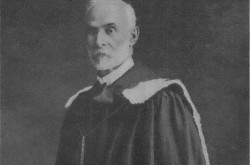
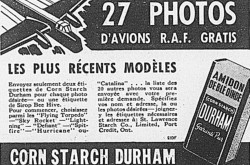
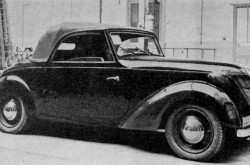
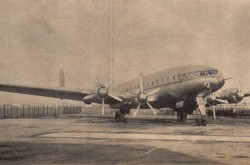
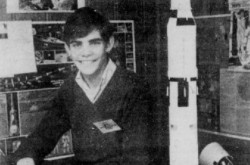

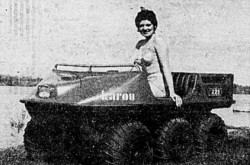

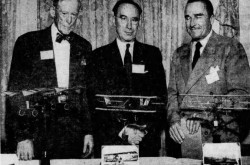


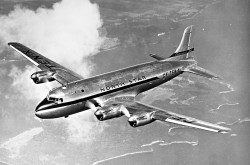
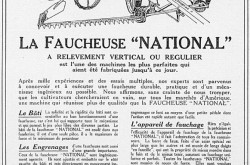
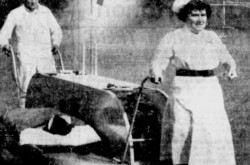
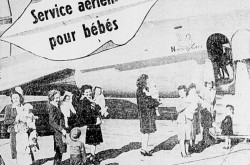
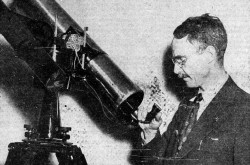
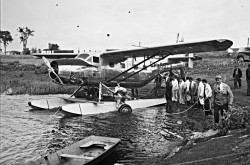
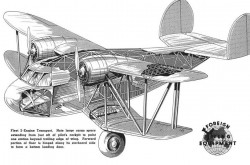
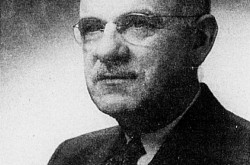
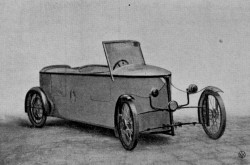
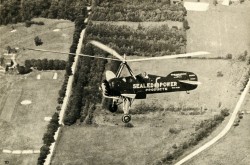
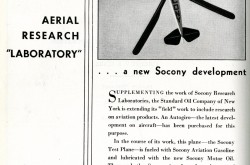
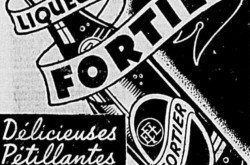
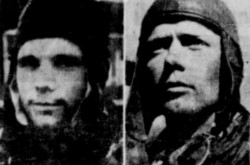
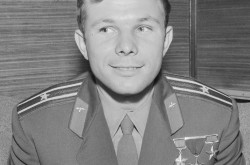
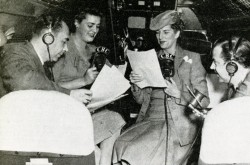
![Peter Müller at the controls [sic] of the Pedroplan, Berlin, Germany, March 1931. Anon., “Cologne contre Marseille – Le mystère du ‘Pédroplan.’ [sic]” Les Ailes, 2 April 1931, 14.](/sites/default/files/styles/thumbnail_7/public/2021-04/Les%20Ailes%202%20avril%201931%20version%20big.jpg?h=eafd0ed4&itok=WnBZ5gMf)
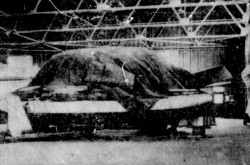
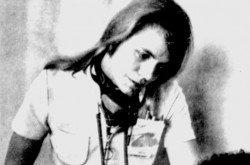
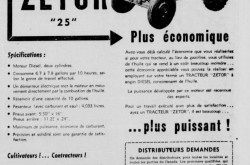
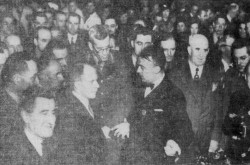

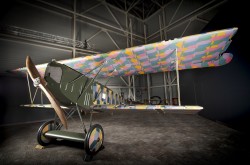

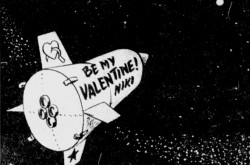
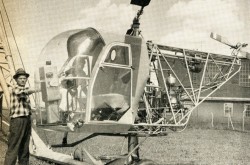
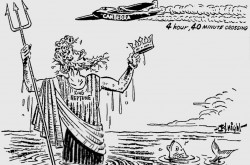
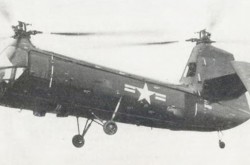
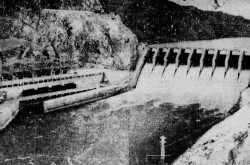
![One of the first de Havilland Canada Chipmunk imported to the United Kingdom. Anon., “De Havilland [Canada] DHC-1 ‘Chipmunk.’” Aviation Magazine, 1 January 1951, cover.](/sites/default/files/styles/thumbnail_7/public/2021-01/Aviation%20magazine%201er%20janvier%201951%20version%202.jpg?h=2f876e0f&itok=DM4JHe5C)
